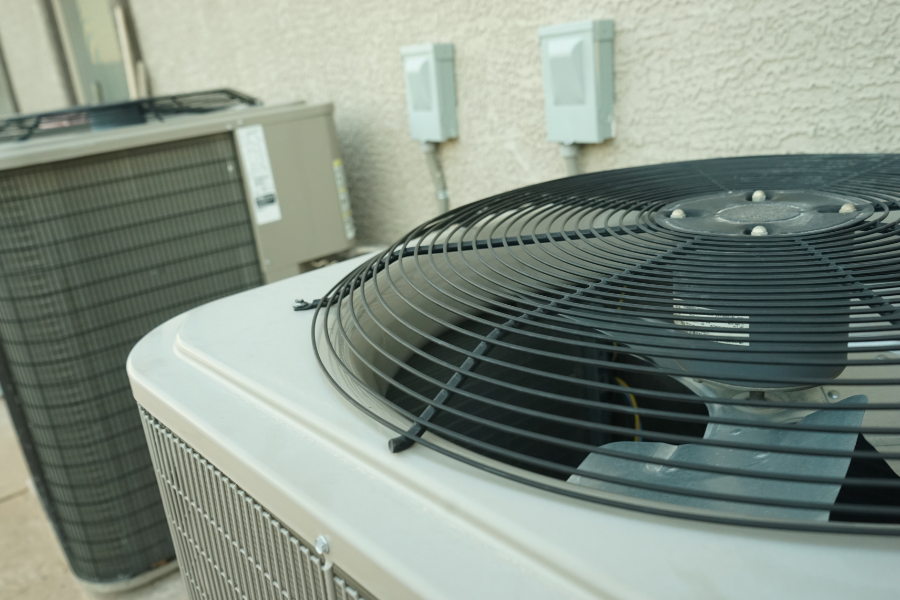Mar 11, 2024
What You May Not Know About CO2
Did you know that atmospheric CO2 is rising at an unprecedented rate? Here's why and what we can do.
By: Norman Bair
At the Wisconsin Academy of Science, Arts and Letters conference on the environment in 2019, I learned something about CO2 that I think everyone should know: Atmospheric CO2 is rising at an unprecedented rate. Adding more carbon dioxide to the atmosphere makes temperatures rise.
It was conference speaker Dr. Daniel J. Vimont that taught those present, including me, that the CO2 parts per million (ppm) in the atmosphere varies up and down each year by 6 to 8 ppm. It is dominated by the northern hemisphere because of the greater land mass and plant growth than the southern hemisphere.
When I ask people when the highest CO2 ppm occurs each year, the answer is commonly one of the winter months of the northern hemisphere. To the surprise of most I talk with, it is May. The question I am then asked is “Why?” I then ask back, “What are humans doing to the earth in May in the northern hemisphere?” The answer is that is the time when farmers are tilling the earth and releasing CO2 from the ground.
In 2023, this yearly maximum extended through the first week of June at just over 424 ppm. I presume this is because flooding or other weather events kept many farmers from tilling until later than normal.
Vimont also shared that we have more than 800,000 years of data for CO2 in the atmosphere that’s documented on the Mauna Loa website. This data comes from the Global Monitoring Laboratory of the National Oceanic and Atmospheric Administration (NOAA), which conducts research that addresses three major challenges: greenhouse gas and carbon cycle feedbacks, changes in clouds, aerosols, and surface radiation, and recovery of stratospheric ozone.
In these 800,000-plus years up to the industrial revolution, the CO2 ranged from 170 to 300 ppm. In the 1,000 years before the industrial revolution, it ranged in the 280s. It has been increasing 2.5 to 3 ppm each year for decades now. On February 20, 2024, it was 425.27 ppm. And it is not May yet.

On September 30, 2023, the low for the Fall was 418 ppm. On October 1, 2023, it began to increase on the yearly up and down cycle.
You may be wondering: If we stopped taking any fossil fuel out of the ground today, would the CO2 ppm go down? The answer, unfortunately, is no! The CO2 needs to get back into the ground—and that could take tens of thousands of years.
So, now what? When my daughter was in high school, she told me to stop talking about climate change, telling me it’s too depressing. So, I had to change my approach. “Lizzie, look at all the opportunities we are providing your generation to solve all these problems.”
We have much to do individually and collectively. The answers are to be found and acted upon.
Here are two common and two little known actions for building owners and contractors:
- Air seal the ceiling to attic/whole house and test with blower door and smoke or infrared camera for missed air leakage;
- Add insulation to the attic but only after it is confirmed to be air sealed;
- When replacing a gas furnace, if a heat pump is not installed, make sure the replacement gas furnace is high efficiency and not oversized. An oversized gas or oil furnace will use more electricity—$25 to $60 more a year in northern climates; and
- Have a contractor adjust the furnace gas/oil input and fan speed as low as possible to save $8 to $15 a year on electricity in northern climates.





